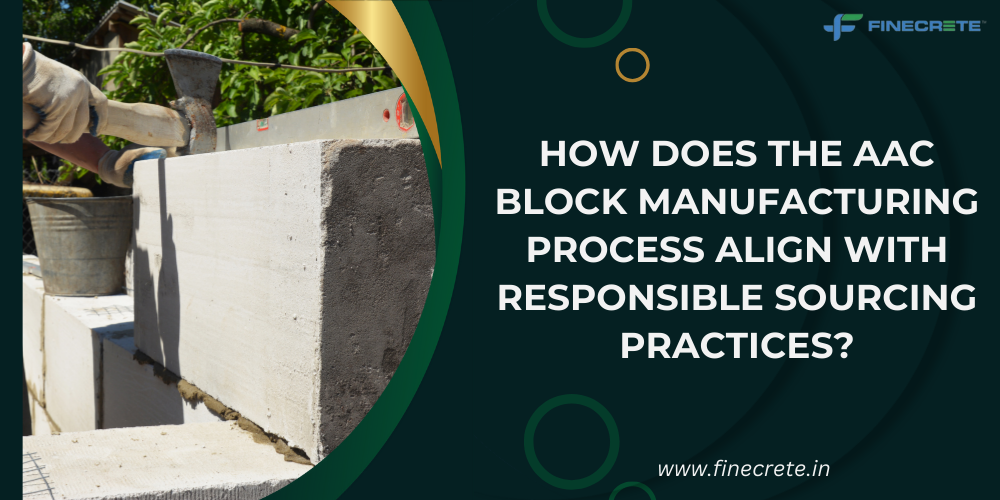Autoclaved Aerated Concrete (AAC) has become one of the most important building materials used today for construction projects. As the construction industry progresses rapidly, requiring projects to be completed quickly and within strict deadlines, lightweight AAC blocks are making the job much easier. Find out how the manufacturing process of these blocks shows a commitment to responsible sourcing practices.
Sustainable raw materials:
The production of AAC blocks from the best AAC Block Suppliers in Chandigarh utilizes raw materials such as cement, lime, and aluminum powder. All of these are sustainable, readily available resources. These materials are responsibly sourced, ensuring that the extraction and processing of raw materials align with environmental regulations and sustainable practices. The AAC block manufacturing process minimizes its ecological impact and supports responsible sourcing practices.
Efficient Resource Utilization:
The precise combination of raw materials ensures that a high percentage of resources are utilized effectively, resulting in minimal material waste during production. This commitment to efficient resource utilization reflects the responsible sourcing practices inherent in the AAC block manufacturing process.
Reduced Energy Consumption:
There is minimal energy consumption, as compared to traditional building materials. The autoclaving process used in AAC block manufacturing requires less energy, contributing to reduced carbon emissions and environmental impact. The he construction industry is taking the initiative to go green and adhering to the governmental and environmental regulations ensuring low emissions wherever possible. Naturally, AAC blocks are proving to be a top choice as a sustainable building material.
Waste Recycling:
You can crush and reuse offcuts and leftover AAC blocks as aggregates in the production of new AAC blocks. You may also use these as fill material for non-structural applications. This approach ensures repurposing and recycling of AAC waste materials. It helps to minimize their environmental impact.
Transportation Efficiency:
AAC blocks are made from a mixture of sand, cement, lime, and water, with the addition of an expanding agent that creates air bubbles throughout the mixture. These air bubbles give AAC its unique cellular structure, making it lightweight and highly insulating.
The lightweight quotient of AAC blocks contributes to transportation efficiency, reducing fuel consumption and carbon emissions associated with shipping and delivery. Compared to heavier traditional building materials, AAC blocks lead to a reduced ecological footprint. By prioritizing transportation efficiency, the AAC block manufacturing process supports responsible sourcing practices and environmental conservation. These construction materials offer numerous benefits to the construction sector.






